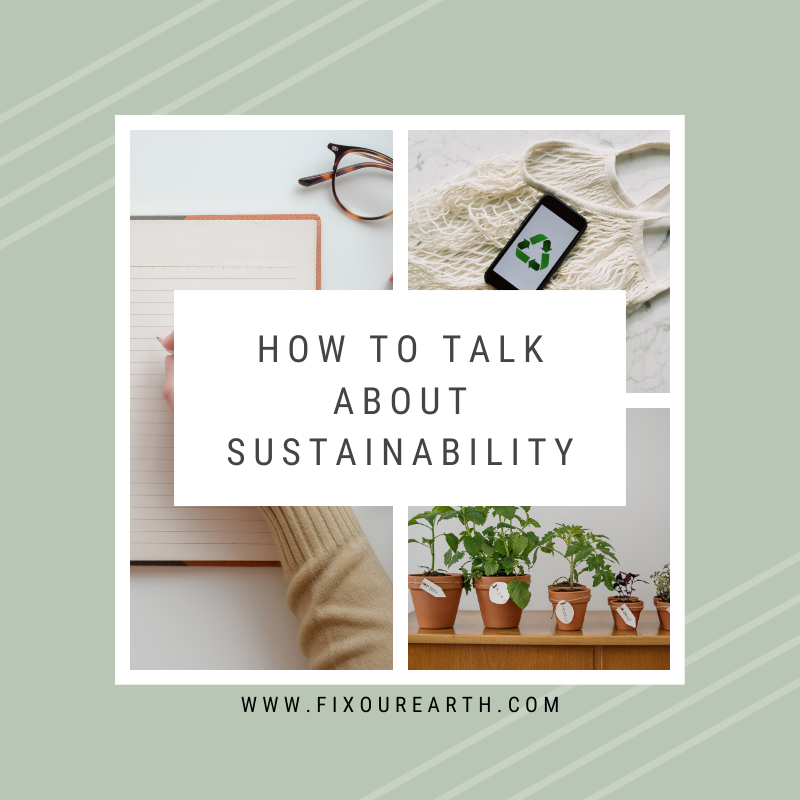How to Talk About Sustainability

When you are passionate about something, it can be difficult to have a fruitful conversation with people who disagree with you. As someone who loves this planet and believes in climate change, I am guilty of having conversations spiral downward because I wasn’t attempting to find common ground. When this happens, it is a perfect learning experience to to understand how future conversations could be more productive. If you want to learn more about effectively and thoughtfully communicating environmental issues, keep reading for the three tips that have helped me the most.
- Ensure the conversation stays positive. Accusatory language immediately puts people on edge. They will think more about defending themselves, rather than understanding what you are saying about the planet. Encouraging someone goes a long way, even if they take the smallest step towards eco-friendly living, like carpooling to the gym. Additionally, if it seems like the issue can’t be solved, then your audience will lose the motivation to help fight it. If you share a problem, try to share some potential solutions, as well.
- Know why you care about sustainability so you can effectively share your thoughts. In my experience, when I can’t articulate why I care about environmental sustainability, I lose the person’s attention. If you don’t have your own thoughts in order, how can you try to inform someone else? It would be helpful to have a few sentences and examples mentally ready for future environmental conversations.
- Understand your audience. The words we use when communicating environmental issues shape the way people view those issues. Climate change and environmental degradation affects everyone, so figure out what will resonate most with your audience. A small sampling of how climate change is already affecting us includes changing agricultural patterns, longer droughts, stronger floods, harsher storms, and rising sea levels. Other environmental issues include air pollution, drinking water contamination, and loss of green space. All these factors, and many others, impact the way we live. When you connect an environmental problem to something people already care about, it becomes more urgent and tangible.
No one is perfect. Don’t beat yourself up if a conversation does not go the way you intended. The more you participate in environmental conversations, the more comfortable you will become. Stay positive, know why you love the planet, and understand your audience. We are all in this together!

